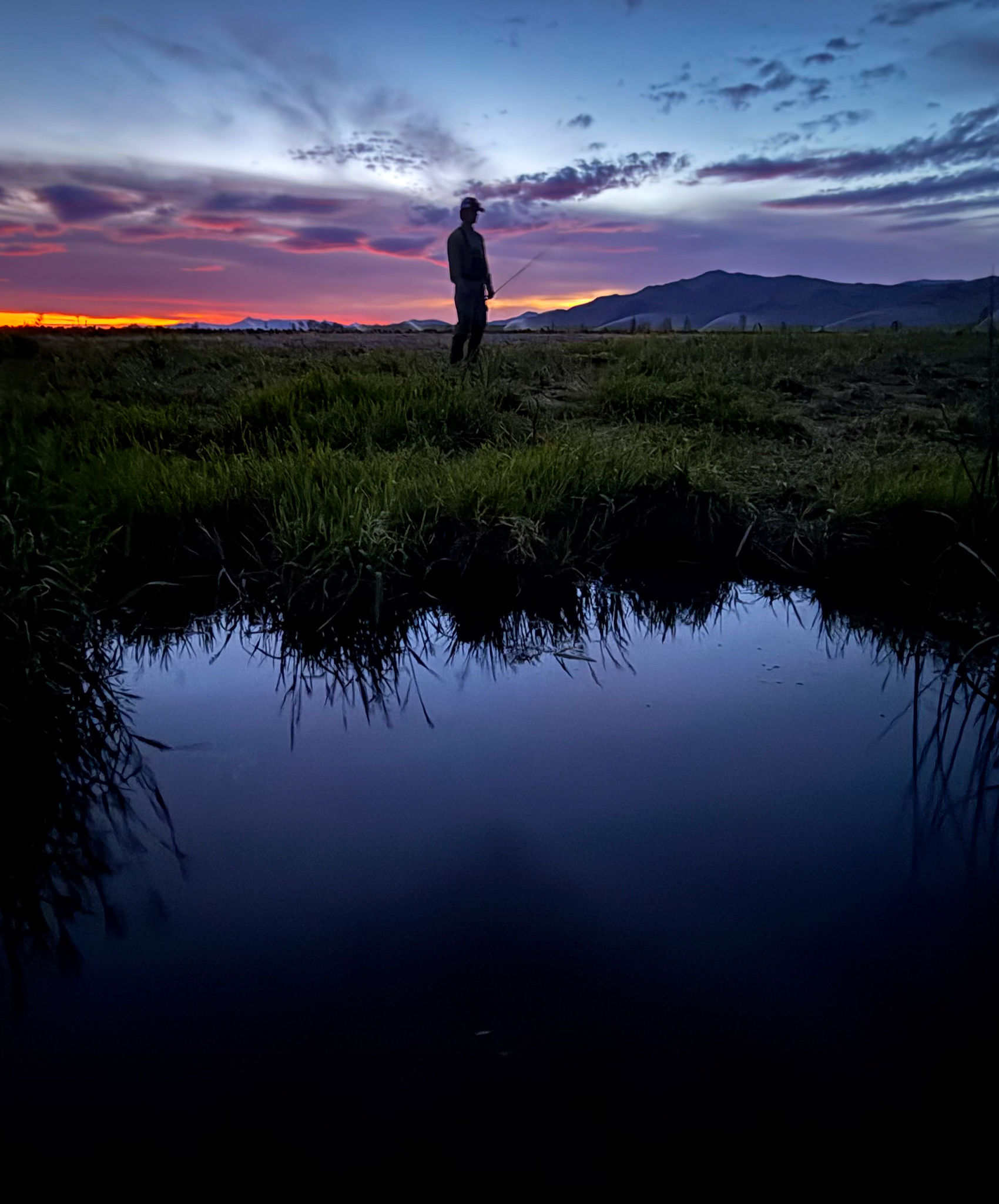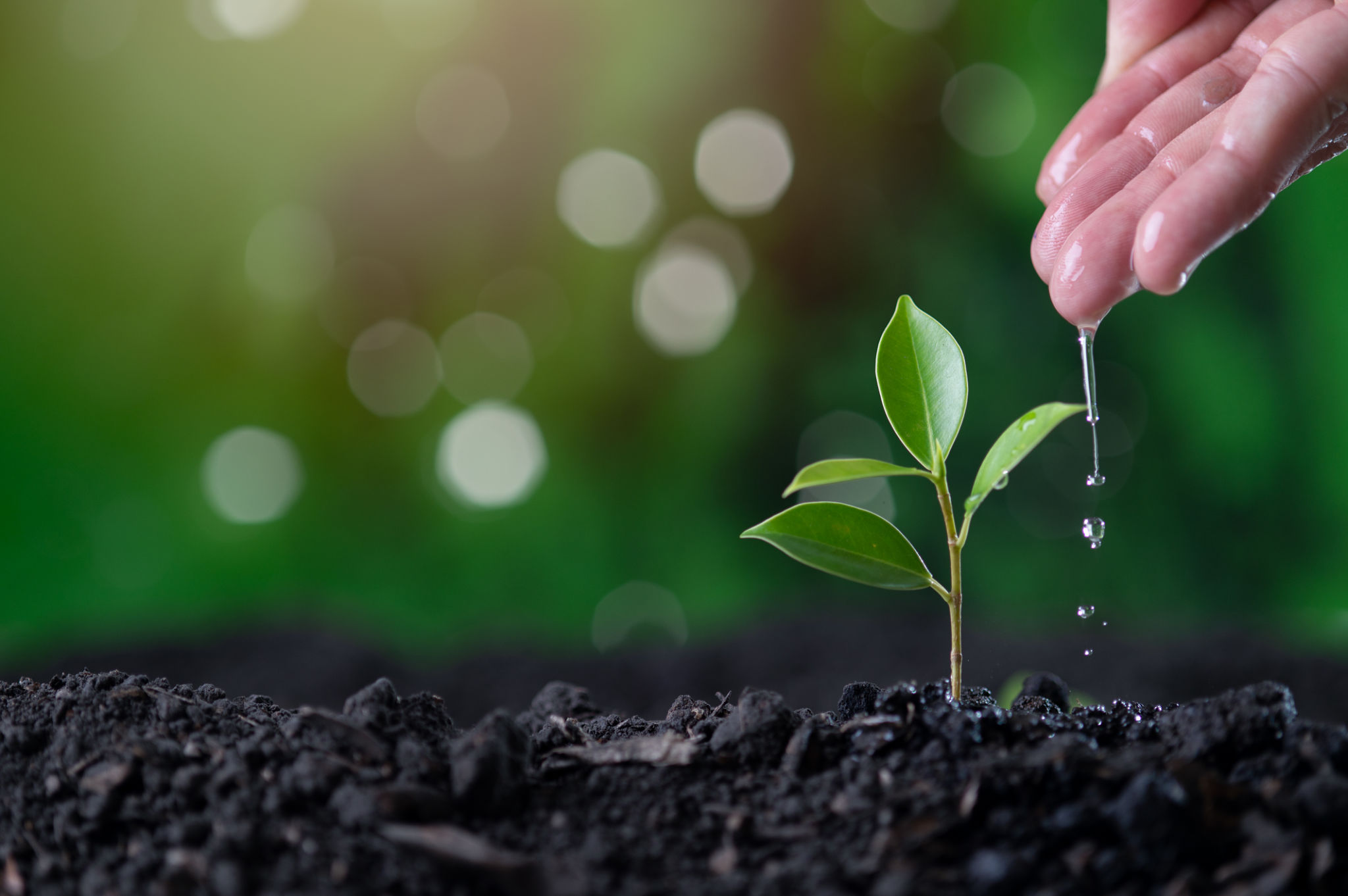Expert Tips for Mastering Fly Fishing Techniques
Understanding the Basics of Fly Fishing
Fly fishing is an art that combines patience, skill, and a deep appreciation for nature. Whether you're a beginner or an experienced angler looking to refine your skills, understanding the basic techniques is crucial. The core of fly fishing lies in the ability to cast a fly with finesse, mimicking the movement of an insect on water to attract fish.
One of the first steps in mastering fly fishing is selecting the right gear. A balanced rod, reel, and line are essential for an effective cast. Consider the type of fish you're targeting and the environment where you'll be fishing. This will help you choose the appropriate equipment to enhance your experience.

Perfecting Your Casting Technique
The casting technique is the heart of fly fishing. It requires practice and precision to make your line land gently on the water's surface. Begin by practicing in an open area, focusing on your wrist and arm movement. A smooth, controlled motion will ensure your fly lands accurately and quietly.
One effective tip is to practice the 10 and 2 o'clock casting position. Visualize a clock face, and aim to bring your rod back to 10 o'clock before casting forward to 2 o'clock. This technique helps in achieving an efficient and graceful cast.

Understanding Different Casting Styles
There are several casting styles in fly fishing, each suited for different scenarios. The roll cast is ideal for situations with limited space, while the single and double haul techniques provide extra power and distance. Experimenting with these styles will enhance your adaptability on the water.
Reading the Water
Successful fly fishing involves more than just casting. It's about understanding where fish are likely to be found. Fish often congregate in areas with food sources, like near rocks or under overhanging branches. Observing the water's flow and identifying these hotspots can significantly increase your chances of a catch.

Recognizing Feeding Patterns
Fish feeding patterns vary depending on the time of day, weather conditions, and season. Early morning and late afternoon are typically prime feeding times. Pay attention to changes in water temperature and insect activity as these factors can influence fish behavior.
Choosing the Right Fly
The type of fly you choose can make or break your fishing experience. Matching the hatch, or selecting a fly that resembles the insects present in the water, is key to attracting fish. Research the local aquatic life before heading out to ensure you have a well-stocked fly box.
Dry flies float on the surface and are perfect for attracting fish that feed on insects above water. Wet flies and nymphs, which sink below the surface, are ideal for fish feeding beneath the waterline. Having a variety of flies at your disposal will prepare you for any situation.

Maintaining Your Gear
Proper maintenance of your fly fishing gear ensures longevity and optimal performance. After each fishing trip, rinse your equipment with fresh water to remove any dirt or salt residue. Regularly inspect your line for signs of wear and tear, and replace it when necessary.
Store your gear in a cool, dry place to prevent damage from moisture or extreme temperatures. Taking care of your equipment will save you money and keep you ready for your next adventure.
Conclusion
Mastering fly fishing techniques requires dedication, practice, and a willingness to learn from each outing. As you grow more confident in your skills, you'll find that fly fishing offers not only the thrill of the catch but also a deeper connection with nature. Embrace the journey, and may each cast bring you closer to becoming an expert angler.
